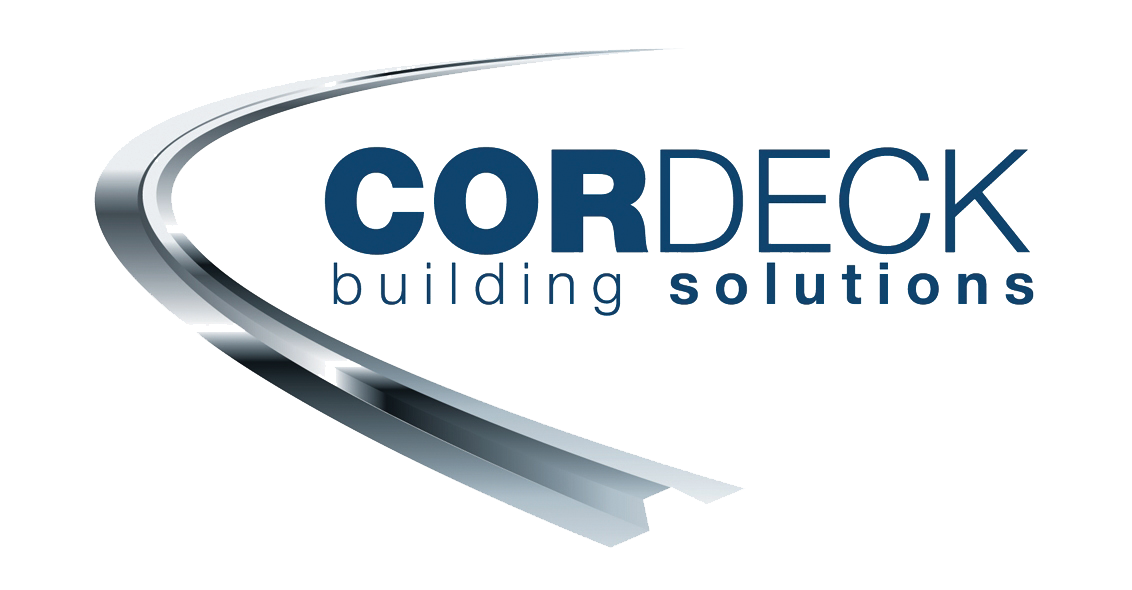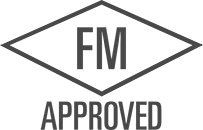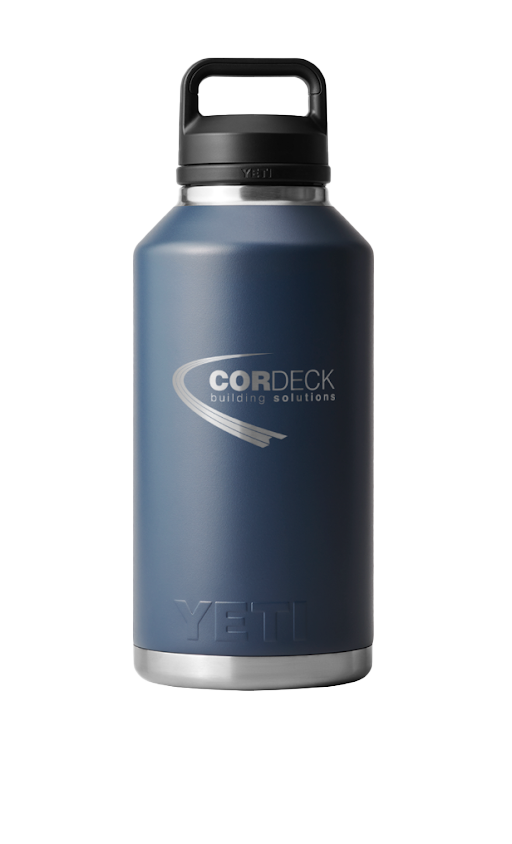Positive Momentum in Commercial Construction: Trends for 2025 and Beyond
At Cordeck, our approach remains rooted in data-driven insights and a deep understanding of market trends. As a family-owned and operated full-service manufacturer of high-quality steel decking and metal deck accessories since 1994, we prioritize building long-lasting relationships with our customers. Our mission is to support their success with expert engineering and project management services from concept to completion. As we move through 2025, the trends from 2024 provide valuable insights into what to expect and how to prepare for the year ahead.
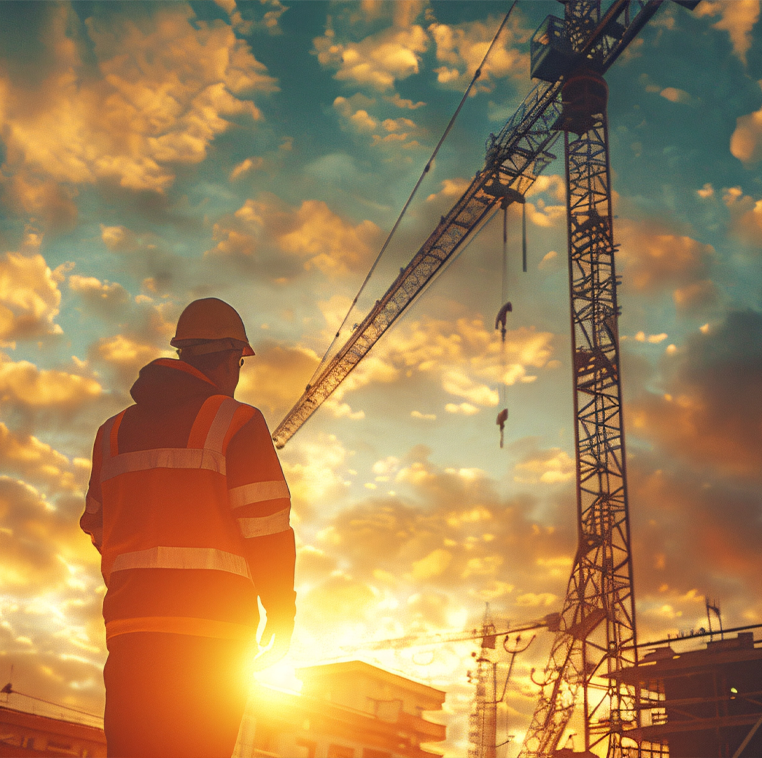
Construction Spending: Sustained Growth
In 2024, construction spending in the U.S. demonstrated resilience, with a seasonally adjusted annual rate of $2,200 billion as of October, marking a 7% increase over the previous year. Nonresidential construction led this growth, driven by demand for facilities such as data centers, healthcare buildings, and energy infrastructure. This trend is expected to continue in 2025, fueled by federal investments and private sector activity in key industries.
Highlights for 2025:
- Increased focus on green building initiatives and sustainability.
- Growth in the construction of technology-driven facilities, including AI and robotics labs.
- Continued investment in public infrastructure projects under the Infrastructure Investment and Jobs Act.
Dodge Momentum Index: A Predictor of 2025 Activity
The Dodge Momentum Index (DMI), a reliable predictor of future construction activity, ended 2024 with a robust 35% year-over-year increase, reaching a record-high level of 225. This growth underscores the strength of the commercial and institutional construction pipelines as we head into 2025.
Key Insights:
- Commercial planning showed significant gains, driven by data center and warehouse projects.
- Institutional planning saw a boost from investments in healthcare and education facilities.
Key Drivers in Commercial Construction
1. Data Centers and Digital Infrastructure
The rise of remote work, AI applications, and the Internet of Things continues to drive demand for data centers. In 2025, major projects like the $600 million Silicon Valley Data Hub and the $480 million Lone Star Digital Park in Texas are expected to break ground.
2. Healthcare Facilities
Healthcare remains a primary growth driver. Projects like the $500 million Northwestern Medicine Expansion in Illinois reflect ongoing efforts to modernize healthcare infrastructure and accommodate population growth.
3. Warehouse and Logistics Projects
The e-commerce boom persists, with a strong demand for modern warehouses and distribution centers. As global supply chains evolve, investments in automated and energy-efficient facilities are accelerating.
4. Renewable Energy Projects
The push for sustainable energy solutions has spurred growth in solar farms, wind turbine installations, and energy storage facilities. These projects are expected to dominate the energy construction landscape in 2025.
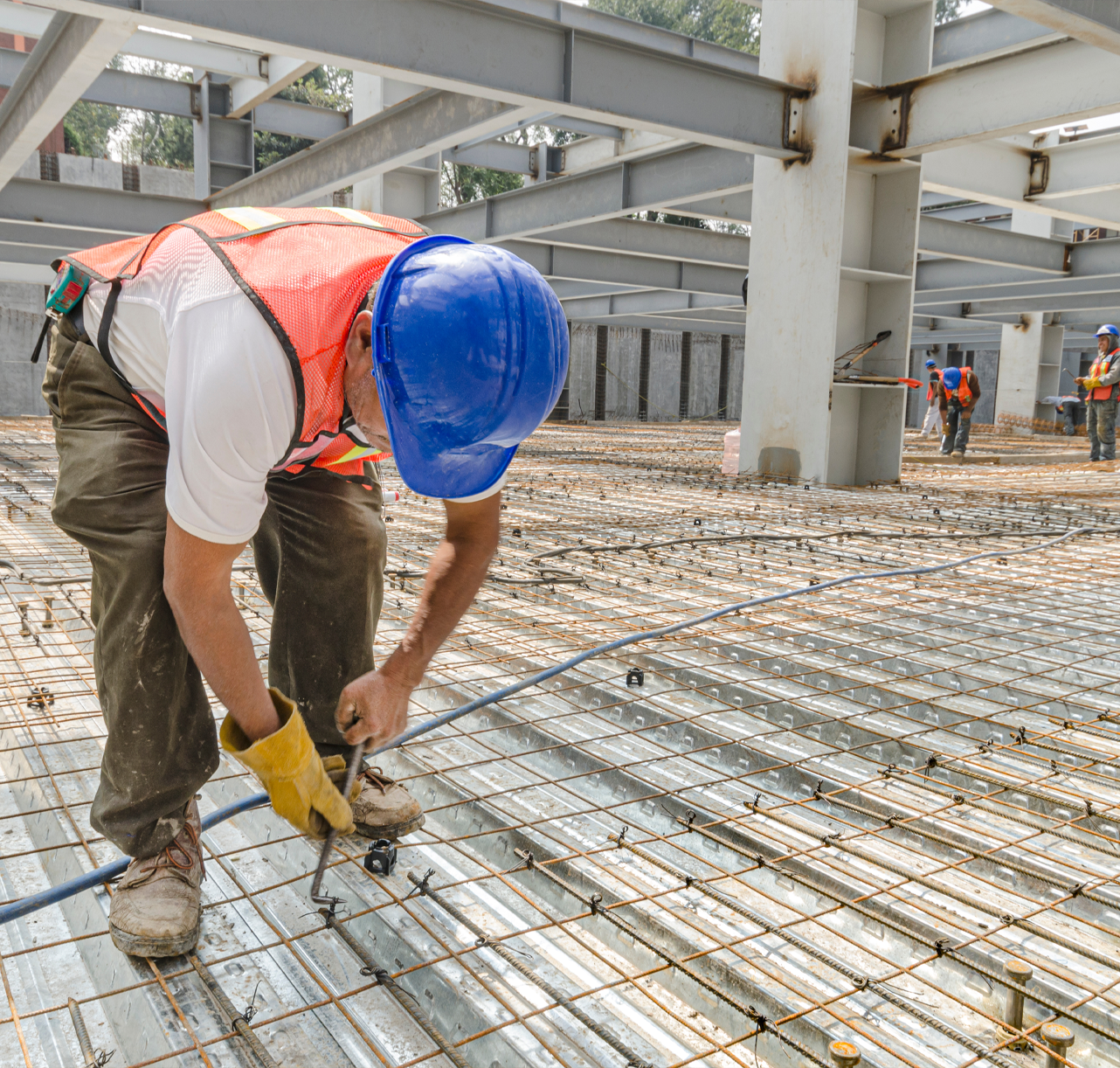
Workforce Trends: Employment Growth in Nonresidential Construction
The labor market in nonresidential construction continues to expand, reflecting the sector’s robust activity. By late 2024, the industry added over 40,000 jobs, with the majority in specialty trades and heavy civil engineering. Efforts to attract and retain skilled labor, including increased wages and apprenticeship programs, are expected to gain momentum in 2025.
2025 Outlook:
- Implementation of workforce development initiatives to address labor shortages.
- Increased adoption of technology, such as construction robotics and 3D printing, to offset workforce gaps.
Building Toward a Brighter Future
Metal decking serves as a critical component in floor and roof assemblies, providing both structural support and a working platform during construction. Its contributions include:
- Load Distribution: Metal decking aids in distributing loads across structural elements, enhancing the overall load-bearing capacity of the system.
- Composite Action: When used in composite floor systems, Composite metal decking bonds with concrete to form a unified structural element, increasing strength and stiffness.
- Diaphragm Action: Metal decking acts as a horizontal diaphragm, transferring lateral loads (e.g., wind or seismic forces) to the vertical resisting elements like shear walls and frames.
These functions are integral to maintaining structural integrity and ensuring that the building can safely support anticipated loads.
